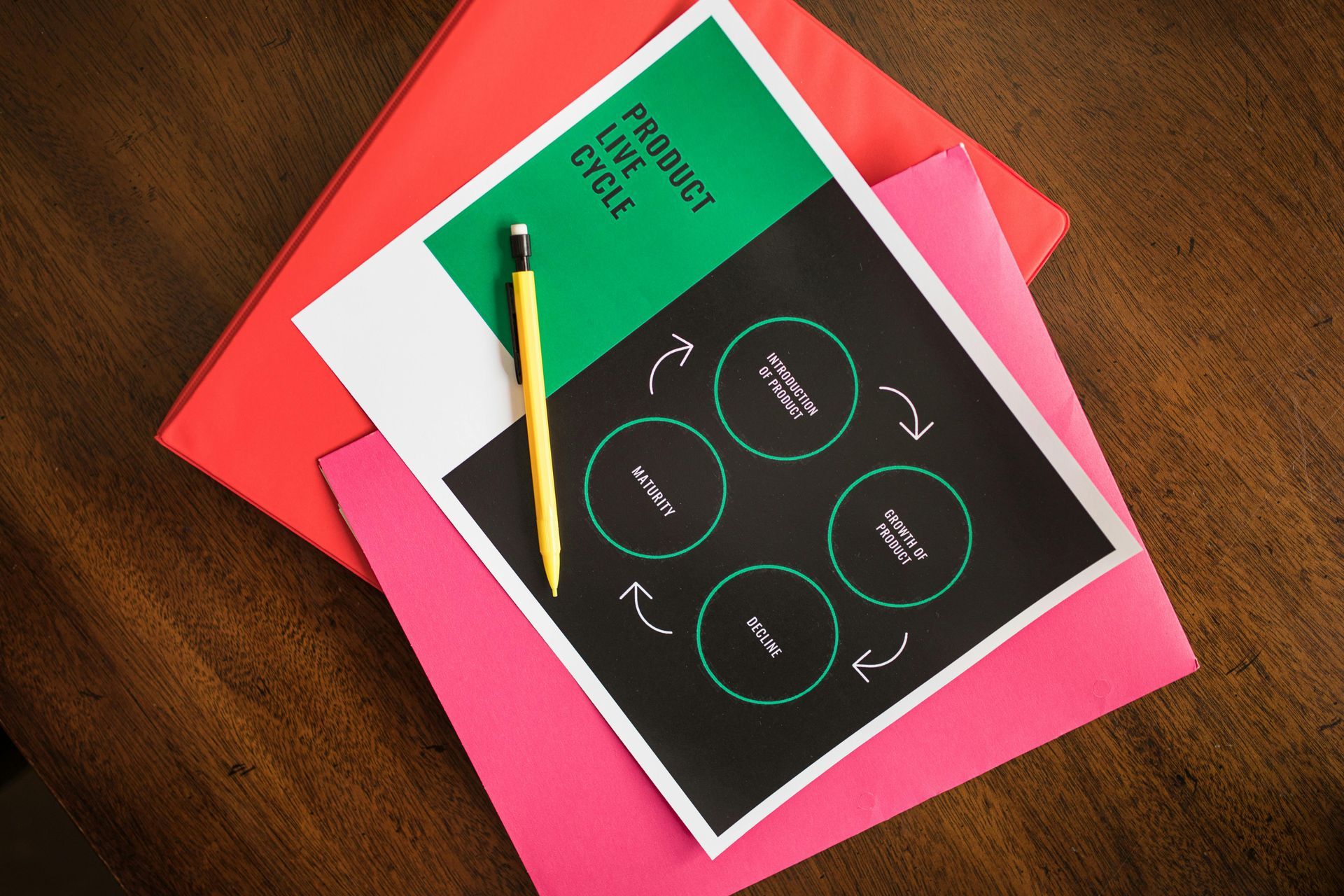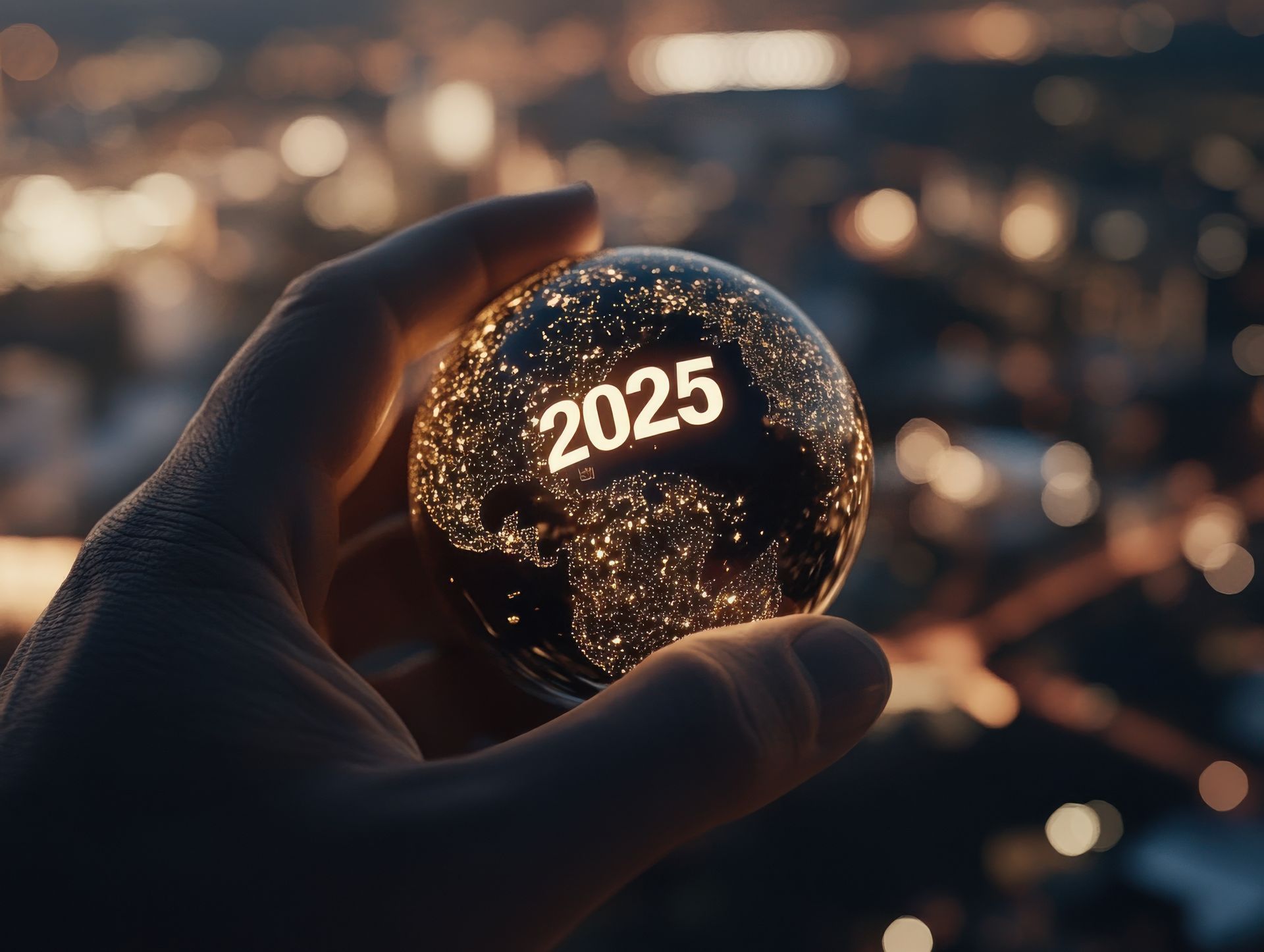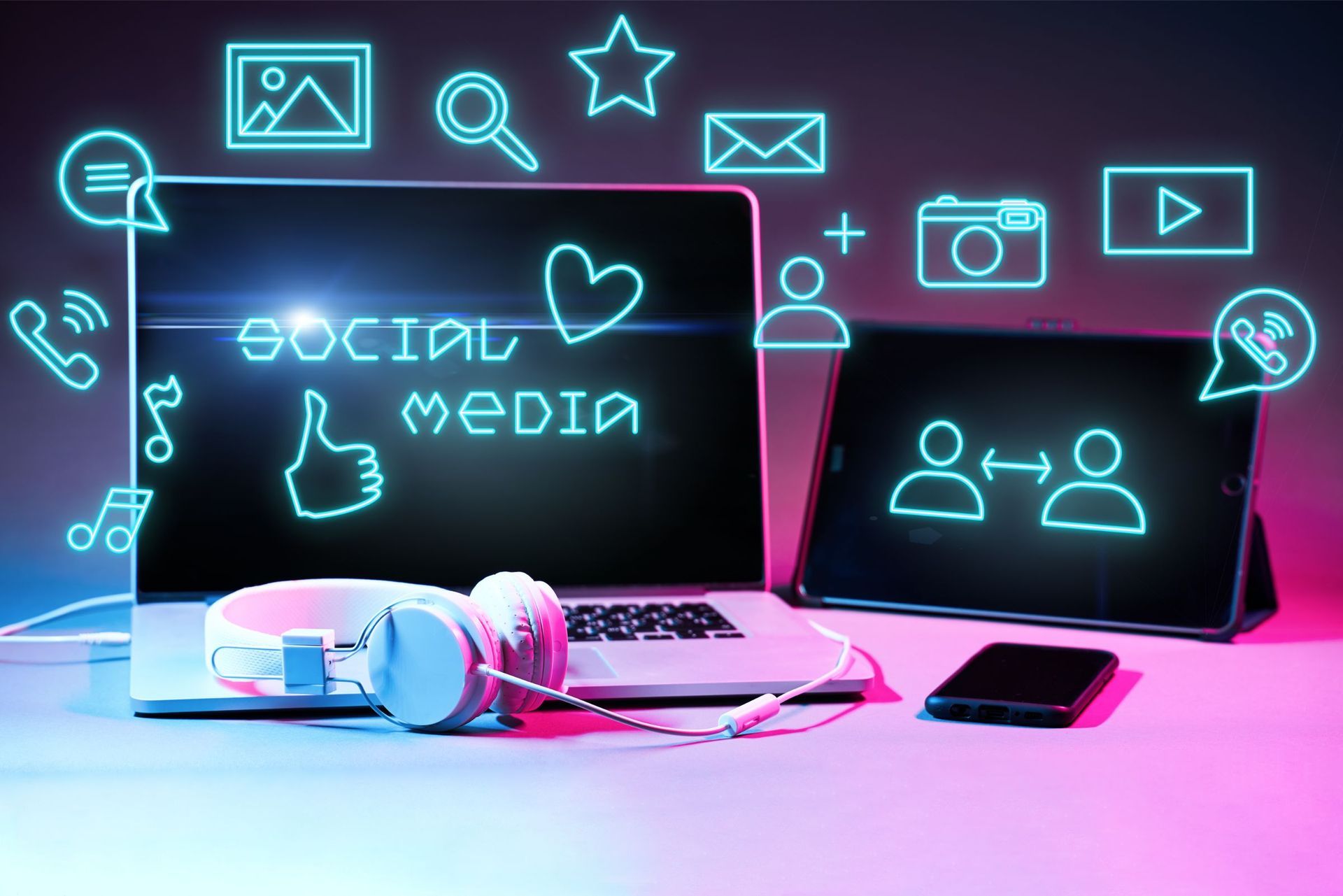How to Prompt Like a Pro: Unlocking ChatGPT’s Full Potential for PR & Digital Marketing
Let’s Be Real – You’ve Asked ChatGPT for “Help” and Got Gibberish
You open up ChatGPT with caffeine-fueled optimism, type in: “Write me a PR plan for a product launch.”
And boom. You get a cookie-cutter wall of text that sounds like it was written by an over-caffeinated robot who’s watched too many episodes of The Apprentice.
Here’s the truth: ChatGPT is a game-changer—but only if you know how to talk to it properly. Think of it like the world’s most enthusiastic intern: full of potential, but it needs clear direction, structure, and a bit of charm to really deliver.
At Flourish PR, we use ChatGPT as one of the many tools in our kit to work smarter, not harder—whether we’re building a brand story, creating high-converting content, or whipping up digital marketing strategies that make clients go, “YES, this is what we needed!”
In this blog, we’ll show you how to prompt ChatGPT like a pro, with a complete, step-by-step breakdown, some cheeky tips you won’t find on Reddit, and video links so you can actually see this in action. Ready? Let’s go.

Worker Smarter, Not Harder...
1. Know What You Actually Want
Why This Matters:
Let’s get one thing straight: ChatGPT is smart—but not psychic. If you’re vague, it’s vague. If you’re all over the place, it’ll give you a confused soup of content that sounds like it was cobbled together from a forgotten marketing textbook.
Before you even open ChatGPT, you need to have a grip on what you’re asking for—and why. This is the step where most people mess up because they skip the thinking part and go straight to the typing part.
Here’s what this step really involves:
✅ 1. Be Clear on Your Goal
Are you looking to generate awareness, drive traffic, educate your audience, or convert leads? Knowing the end goal will shape the type of content ChatGPT gives you. A social post meant to entertain will look very different from a blog post meant to build authority.
Example: “I want to create a blog post that positions my agency as an expert in AI-powered marketing tools.”
✅ 2. Define Your Audience
Is your content for tech-savvy start-up founders? Corporate CMOs? Small business owners? ChatGPT can tailor the tone, examples, and depth of content to suit the audience—but only if you tell it who they are.
Tip: Try describing your audience like a persona:
“My audience is female founders aged 30–45, running service-based businesses in the UK. They’re busy, switched-on, and want results-driven marketing advice without fluff.”
✅ 3. Decide on your tone of voice
Brand voice matters. Are you friendly and funny? Professional and punchy? Slightly cheeky but still credible (hello, Flourish PR 👋)? Tell ChatGPT the tone you’re after—and better yet, show it an example.
Example prompt addition: “Use a confident, casual tone—like a conversation with a clever friend over coffee.”
✅ 4. Add relevant background
Have you launched similar campaigns before? What worked? What didn’t? Give ChatGPT a bit of context so it doesn’t spit out generic advice.
Example: “In our last campaign, we saw great engagement with video content but low click-throughs on static images. We’re now planning a product launch with an interactive angle—what would you suggest for a PR strategy?”
✅ What Happens If You Skip This Step?
You get generic, lifeless content. The kind that sounds like it came straight from a marketing-for-dummies template. It won’t resonate with your audience, and worse, it wastes your time.
✅ What Happens If You Get It Right?
You get content that sounds like you, connects with the people you want to reach, and saves you hours of rewriting, rewording, and wondering why it sounds so… meh.


2. Structure Your Prompt Like a Brief
Why This Matters:
The more structured your prompt, the better the output. Think of ChatGPT like a team member. Would you tell your designer, “Make me something nice” and expect award-winning results? Exactly.
✅ Do This:
- Set the role (e.g. “You are a PR expert specialising in lifestyle brands…”)
- Define the task (e.g. “Write 5 Instagram captions promoting a new skincare launch”)
- Add context (e.g. “Targeting Gen Z women in London, tone = playful but informative”)
- Include any formats, lengths, or platforms (e.g. “Limit to 2200 characters for Instagram”)
Prompt Example:
“You’re a senior PR manager at a UK-based agency. Write a short and punchy press release for a new vegan café launch in Brighton. It should include a quote from the founder and highlight the eco-friendly ethos. Word count under 300.”
Pro tip: Save your best prompt structures as templates in Notion or Google Docs!
3. Break Big Tasks into Smaller Tasks
Why This Matters:
Imagine walking into a coffee shop and saying:
“Hi! I’ll have a latte, an oat flat white, a vegan breakfast wrap, three almond croissants, and also tell me how to start a business.”
…You’d get a look. Then maybe a burnt croissant and some side-eye.
That’s exactly what you’re doing when you drop a massive, vague, multi-part request into ChatGPT and expect it to come back with something useful. When you ask for too much at once, it gives you something generic, rushed, and often not very usable.
Instead, think of ChatGPT as a really fast-thinking assistant—brilliant, but better when briefed in steps. If you give it one focused task at a time, the quality of the output skyrockets. You’ll also have more control over tone, structure, and content direction.
✅ How to Actually Do It:
Let’s say you want to build a PR and content strategy for a brand-new product launch. Instead of saying: “Write a full 3-month PR and social media plan for a new skincare brand including emails, blog posts, social captions, media outreach, and strategy…” You’d do this instead:
Step 1: Start with Trends & Strategy
“What are the biggest PR and digital marketing trends for skincare brands in the UK in 2025?” Why? This gives you current context, helps ensure your campaign ideas aren’t stale, and often sparks angles you hadn’t considered.
Step 2: Ask for Themes or Monthly Focuses
“Based on those trends, give me a monthly campaign theme for the next 3 months.” Why? Themes help guide content creation and PR angles. They tie everything together and make campaigns feel cohesive.
Step 3: Break Down Campaign Content
“For Month 1’s theme, suggest 5 social media post ideas and 3 blog topics that align with the messaging.” Why? This focuses ChatGPT on building around one idea at a time, rather than creating bland filler for three months.
Step 4: Get Media-Ready
“Write a short PR pitch (under 200 words) to send to lifestyle journalists, using the Month 1 theme.” Why? Now that you’ve got the theme and content in place, you can layer in comms tailored to journalists or specific channels.
Step 5: Repurpose with Intent
“Turn that PR pitch into a short email campaign for subscribers, using a friendly, engaging tone.”
🎯 The Result?
Instead of one overwhelming, mediocre deliverable, you get targeted, clear, bite-sized pieces you can actually use. And if you’re working with clients, this method gives you structured material you can refine, rework, or plug straight into your strategy docs.
🔍 If You Do It Right:
✅
You get focused content, with better tone, relevance, and specificity
✅ You can build a campaign like Lego bricks, making adjustments as needed
✅ You save massive amounts of time, with output that’s actually useful
❌ If You Do It Wrong:
🚫
You get a beige blob of generic content that sounds like a chatbot
🚫 You waste time editing and rewriting something
🚫 You lose the opportunity to build a strong, structured campaign that flows

4. Train Chat GPT to Know Your Voice
Why This Matters:
ChatGPT can mimic tone… if you give it tone to mimic. Feed it your existing content and tell it to match the voice. It learns fast.
✅ Do This:
- Paste an example blog or social post you’ve written.
- Then say:
“This is an example of my brand tone. Please use this voice to write future content.”
You can also use prompts like:
“Your tone should be informal, cheeky, and smart. Like a conversation with a clued-up friend over coffee.”
5. Refine The Output (Don't Copy-Paste and Pray)
Why This Matters:
Even the best prompts won’t give you perfect results first time. You’ll need to tweak and refine—but guess what? ChatGPT can help with that too!
✅ Do This:
- Say: “Make this more concise.”
- Or: “Add humor.”
- Or: “Turn this into an Instagram caption.”
- Or: “Now write a longer version for LinkedIn.”
Use it like a collaborator, not a one-and-done tool.
Secret tip: Ask it to critique its own work.
“Can you improve the structure and engagement of this piece?”
You’d be surprised what it comes back with.

6. Use Chat GPT Across The Whole Campaign Lifecycle
You can (and should) use AI for way more than just writing. Here’s how Flourish PR taps into ChatGPT and other AI tools at every stage:
- Stage - What We Use ChatGPT + AI For
- Campaign Planning - Brainstorming content ideas, identifying trends
- Content Creation - Writing press releases, blogs, emails, captions, and SEO
- Visuals & Design - Using tools like Canva to assist with branding concepts
- Scheduling - Generating full calendars + caption banks for platforms
- Reporting & Analysis -
Summarising campaign performance, simplifying reports
Why Choose Flourish PR?
Conclusion: Learn to Prompt Like a Pro—or Let the Pros Handle It for You
In 2025, the smartest marketers aren’t necessarily the busiest—they’re the ones who use tools like ChatGPT to save time, create better content, and stay ahead of the curve.
Prompting isn’t just about typing “write this” and hoping for gold. It’s about giving clear direction, tone, structure, and breaking tasks into actionable parts. Do it right, and ChatGPT becomes your most efficient creative sidekick. Do it wrong, and… well, enjoy your AI-generated beige brochure.
But if you’re still thinking, “I love this, but I just don’t have time,” then we’ve got you. At Flourish PR, we use AI (the right way) to power up our PR and digital marketing campaigns, from planning and ideation to execution and reporting. We're not just a team of marketers—we're your growth partners, helping you hit your business goals faster, smarter, and with content that actually connects.
📩 Need help prompting, planning, or pulling off an unforgettable campaign? Let’s chat.
Because AI is amazing—but in the right hands, it’s unstoppable.












